Generatin Audiences for Public Television through Virtual Communities
| dc.provenance | El documento original impreso/digital se encuentra en resguardo del Centro de Investigaciones sobre América del Norte de la Universidad Nacional Autónoma de México. Proyecto CISAN, Memoria Institucional | |
| dc.rights.license | http://ru.micisan.unam.mx/page/terminos | |
| dc.creator | Muñoz Larroa, Argelia | |
| dc.date.accessioned | 2025-05-03T00:57:04Z | |
| dc.date.available | 2025-05-03T00:57:04Z | |
| dc.date.issued | 2024 | |
| dc.identifier.issn | 0186-9418 | |
| dc.identifier.uri | https://ru.micisan.unam.mx/handle/123456789/1475 | |
| dc.format | application/pdf | |
| dc.format.extent | pp. 61-64 | |
| dc.language.iso | eng | |
| dc.publisher | Universidad Nacional Autónoma de México, Centro de Investigaciones sobre América del Norte | |
| dc.relation.isformatof | ||
| dc.relation.requires | Lector de PDF | |
| dc.title | Generatin Audiences for Public Television through Virtual Communities | |
| dc.rights.holder | Universidad Nacional Autónoma de México | |
| dc.audience | Estudiantes | |
| dc.audience | Maestros | |
| dc.audience | Investigadores | |
| dc.coverage.placeofpublication | México | |
| dc.description.extract | At the cisan seminar about virtual communities2 a recently hired colleague expressed what the term “virtual communities” made me feel like when I joined three years ago: skepticism and incredulity. Like my colleague, I thought of some of the most famous socio-digital network platforms as having ephemeral, fragmented, disperse, and heterogenous user participation: it was impossible that they could generate a sense of community! And, yes, not all interactions generate a sense of community. However, we forget that in the “real” world, not all of them generate community either; and even when they do, they are varied and we don’t necessarily participate in them in person; for example, in linguistic, religious, cultural, national communities or, even those more dispersed and conflict-ridden, such as international communities. These levels of social relationships are broader than those that occur in smaller communities, such as our usual day-to-day exchanges, based on personal, closer relations, in the neighborhood, sports centers, workplaces, friends, family, etc. In any case, what communities have in common is precisely that their members share characteristics and interests, although the degree of interrelations, connection, homogeneity, and purpose varies significantly from one to another (p. 61). | |
| dc.educationlevel | Medio superior | |
| dc.educationlevel | Superior | |
| dc.educationlevel | Posgrado | |
| dc.identifier.bibliographiccitation | Muñoz Larroa, Argelia, “Generatin Audiences for Public Television through Virtual Communities”, Voices of Mexico, Universidad Nacional Autónoma de México, Centro de Investigaciones sobre América del Norte, 2024, no. 122, (summer-autumn): 61-64. | |
| dc.identifier.cisan | VOM_2023_0122_0061 | |
| dc.relation.issue | 122 | |
| dc.subject.unam | Humanidades | |
| dc.type.spa | Contribution to periodical | |
| dc.view.accesslevel | Embargo | |
| dc.type.coar | http://purl.org/coar/resource_type/c_6501 | |
| dc.relation.hasPart | Voices of Mexico |
Files in this item
This item appears in the following Collection(s)
-
Artículos [3103]
MiCISAN, Repositorio Institucional
Hecho en México, todos los derechos reservados 2018. Esta página puede ser reproducida con fines no lucrativos, siempre y cuando no se mutile, se cite la fuente completa y su dirección electrónica. De otra forma, requiere permiso previo por escrito de la institución.
Sitio Web administrado por: Centro de Investigaciones sobre América del Norte • micisan@unam.mx







